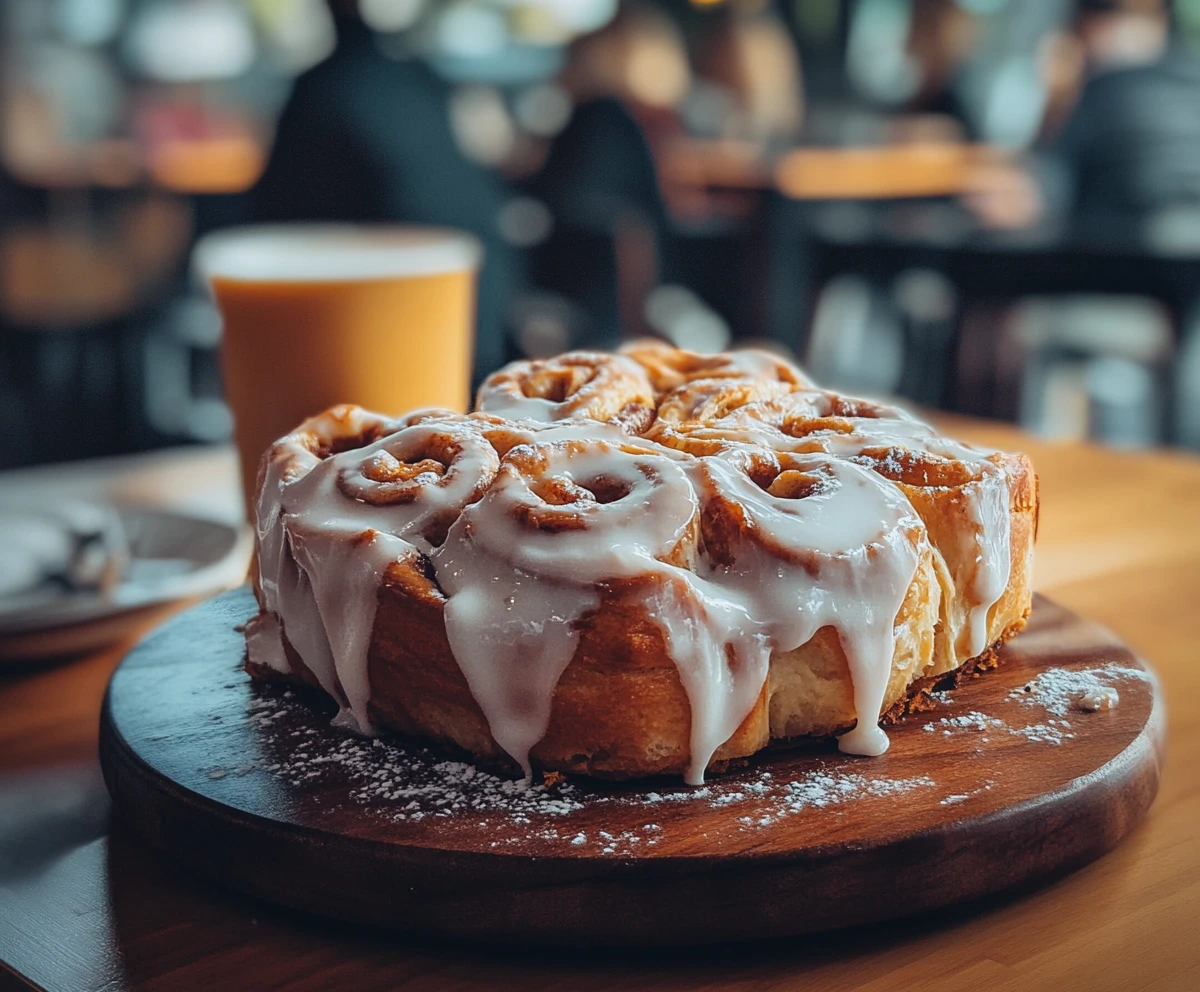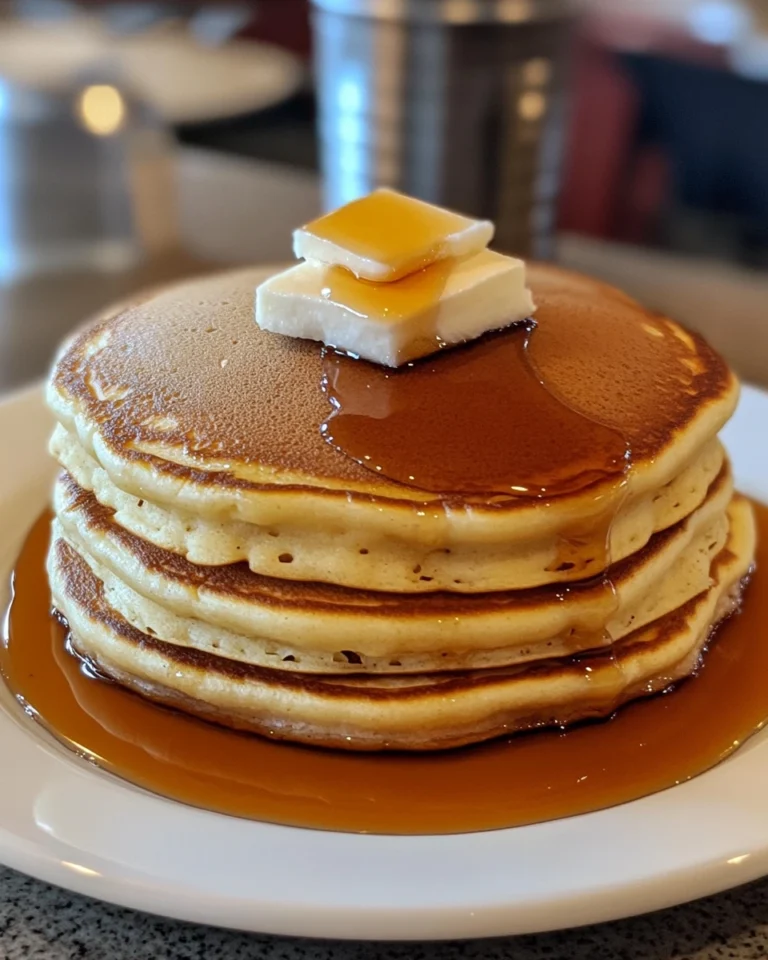When Can I Bake with My Sourdough Discard?
If you’ve ever bake with sourdough discard, you know that maintaining a sourdough starter means regularly discarding part of it to make room for fresh flour and water. The removed portion, called sourdough discard, may seem like waste, but it is far from it! Bakers worldwide are learning how to turn their discard into a versatile ingredient in everything from pancakes to pizza crusts. This guide will explore in-depth when and how to bake with sourdough discard, with plenty of tips and recipes along the way.
What Is Sourdough Discard?
Sourdough discard is simply the portion of the starter that you remove during feedings to keep the starter healthy. Over time, as you feed your starter (which is a combination of flour and water), the microorganisms inside multiply, making it necessary to “discard” a portion before adding fresh flour and water.
Discard still contains beneficial bacteria and yeast, so it can be used in many recipes. However, discard is typically more acidic than an active starter and lacks the leavening strength needed to make bread rise on its own. That’s why it’s often used for recipes that don’t rely on yeast for their rise, such as pancakes, waffles, and crackers.
But when can you start using sourdough discard in your recipes? The key is understanding the condition of your discard, how long it’s been stored, and what you plan to make with it.
When Is the Right Time to Bake with Sourdough Discard?
You might wonder: “How soon can I bake with my sourdough discard?” The answer depends on a few factors, including the age of your discard, how it’s been stored, and what type of recipe you’re planning to make. Let’s break this down.
Fresh Discard: 0-2 Days Old
- Best uses: Pancakes, muffins, waffles, flatbreads, quick breads
- Flavor profile: Mild sourness
- Leavening potential: Minimal
When your sourdough discard is freshly removed from your starter (0-2 days old), it retains a relatively mild flavor and still has some active yeast left, though not enough to fully leaven bread. This makes it perfect for recipes that need just a small rise or none at all. Fresh discard tends to be mildly tangy, making it a great addition to quick breads, pancakes, and waffles, where it adds complexity without overpowering sweetness.
Fresh discard can also be stored in the fridge for up to two weeks, but the flavor will intensify over time.
Aged Discard: 3-14 Days Old
- Best uses: Crackers, pizza crust, savory flatbreads, muffins
- Flavor profile: Strong sourness, tangy, acidic
- Leavening potential: None
Aged discard, which has been sitting in the fridge for up to two weeks, takes on a much more pronounced tang. While it won’t have enough leavening power to raise bread, it’s still perfect for savory recipes, especially those where a stronger sourdough flavor is desirable. The tanginess of aged discard works wonders in savory crackers, pizza dough, and certain kinds of muffins. It also makes an excellent ingredient in flatbreads, where the acidity can balance out richer toppings like cheese or cured meats.
Older Discard: Beyond Two Weeks
- Best uses: Compost, waste, or discard
- Flavor profile: Too sour or off-smelling
- Leavening potential: None
If your discard is older than two weeks, it’s best to check for signs of spoilage. Over time, even in the fridge, sourdough discard can develop an unpleasant odor and become too sour to use. Additionally, discard that is older than two weeks may have developed mold, which makes it unsafe for consumption. At this stage, you may want to discard it or compost it.
Storing and Using
To maximize the usability of your sourdough discard, proper storage is crucial. Discard can be stored in several ways, depending on how soon you plan to use it and how much you have.
Room Temperature Storage
- Duration: Up to 24 hours
- Best for: Same-day use
- Method: Keep in a jar at room temperature
If you plan on using your discard the same day or the next morning, leaving it at room temperature is fine. Keep the discard in a loosely covered jar or container. Since discard can start fermenting on its own (like your starter), you don’t want to leave it out for too long as the flavor will become increasingly sour.
Refrigeration
- Duration: 1-2 weeks
- Best for: Short-term storage for frequent bakers
- Method: Airtight container in the fridge
Most bakers prefer to keep their discard in the fridge where it can last up to two weeks. An airtight container is best to prevent odors from other foods from affecting your discard, and also to slow down the fermentation process. You can pull discard from the fridge at any time to bake with it, though the older it gets, the tangier the flavor becomes.
Before using it, give the discard a stir and make sure it doesn’t smell unpleasant (a tangy aroma is fine; a sharp, acrid smell is not). Fresh or refrigerated discard is suitable for most recipes.
Freezing
- Duration: Several months
- Best for: Long-term storage
- Method: Portion into airtight bags or containers
If you’ve accumulated more discard than you can use in a few weeks, freezing is a great option. To freeze sourdough discard, portion it into small, airtight containers or freezer bags. You can freeze discard for up to several months, and thaw it in the fridge or at room temperature before using it in recipes.
Recipes to Make with Sourdough Discard
One of the most exciting aspects of baking with sourdough discard is the variety of recipes you can make. Whether you’re craving something sweet, savory, or even crunchy, sourdough discard can fit into many different types of recipes. Below are some of the best recipes that you can make with both fresh and aged discard.
1. Sourdough Discard Pancakes
- Best for: Fresh discard
- Prep time: 15 minutes
- Cook time: 10 minutes
- Total time: 25 minutes
Sourdough discard pancakes are a favorite way to use fresh discard. The tangy flavor pairs beautifully with sweet toppings like maple syrup or fresh fruit. Because pancakes don’t require a lot of rise, the mild acidity of fresh discard works perfectly here.
Ingredients:
- 1 cup sourdough discard (fresh or refrigerated)
- 1 cup flour
- 1 tablespoon sugar
- 1 teaspoon baking soda
- 1/2 teaspoon salt
- 1 cup milk (or buttermilk for extra tang)
- 1 large egg
- 2 tablespoons melted butter or oil
Instructions:
- In a medium bowl, whisk together the discard, flour, sugar, baking soda, and salt.
- Add the milk, egg, and melted butter. Stir until combined.
- Heat a griddle or non-stick skillet over medium heat. Grease lightly.
- Pour 1/4 cup of batter onto the griddle for each pancake. Cook until bubbles form on the surface, then flip.
- Cook for another 1-2 minutes until golden brown.
- Serve warm with syrup, fruit, or your favorite toppings.
2. Sourdough Pizza Crust
- Best for: Aged discard
- Prep time: 30 minutes (plus rising time)
- Cook time: 15 minutes
- Total time: 45 minutes
Sourdough discard can be used to create a pizza dough with a rich, tangy flavor. The long fermentation time that comes with using sourdough discard gives this crust a chewy texture and deep, complex flavor.
Ingredients:
- 1 1/2 cups sourdough discard (aged, 3-14 days)
- 3 cups all-purpose flour
- 1 teaspoon salt
- 1 tablespoon olive oil
- 1/2 cup warm water
- 1 teaspoon instant yeast (optional, for quicker rise)
Instructions:
- In a large bowl, mix the discard, flour, and salt together. Slowly add the olive oil and water, stirring until a dough forms.
- Turn the dough onto a floured surface and knead for 5-7 minutes until smooth and elastic.
- Cover the dough with a damp towel and let rise for 2-3 hours, or until doubled in size.
- Preheat your oven to 475°F (245°C) and prepare a pizza stone or baking sheet.
- Roll out the dough to your desired thickness and place on the prepared baking sheet or stone.
- Add your favorite toppings and bake for 12-15 minutes, or until the crust is golden and the cheese is bubbly.
3. Sourdough Crackers
- Best for: Aged discard
- Prep time: 15 minutes
- Cook time: 20 minutes
- Total time: 35 minutes
Crackers are an excellent way to use up aged sourdough discard. The tangy, bold flavor of the discard complements savory ingredients like herbs, spices, and seeds.
Ingredients:
- 1 cup sourdough discard (aged, 3-14 days)
- 1 cup all-purpose flour
- 2 tablespoons olive oil
- 1 teaspoon sea salt
- Optional: Dried herbs (like rosemary or thyme), sesame seeds, or poppy seeds
Instructions:
- Preheat your oven to 350°F (175°C). Line a baking sheet with parchment paper.
- In a medium bowl, mix together the discard, flour, olive oil, and sea salt. The dough should be soft but not sticky.
- Turn the dough onto a floured surface and roll out as thin as possible.
- Use a pizza cutter or sharp knife to cut the dough into small squares or rectangles.
- Transfer the crackers to the baking sheet and prick each one with a fork to prevent puffing.
- Bake for 15-20 minutes, or until the edges are golden brown. Let cool completely before storing in an airtight container.
Sourdough Science: Why Discard Works
To truly understand why and when to bake with sourdough discard, it’s important to grasp some of the science behind it. Sourdough fermentation is driven by a symbiotic relationship between naturally occurring wild yeasts and lactic acid bacteria (LAB). These microorganisms feed on the sugars in the flour, converting them into carbon dioxide and lactic acid.
Yeast in Discard
- Yeast: Even though sourdough discard is not as active as a starter, it still contains wild yeast. However, because discard has been sitting for a while without fresh flour, the yeast is not strong enough to fully leaven bread. That’s why discard is often used in recipes that rely on chemical leaveners (like baking soda or baking powder) instead of yeast.
Lactic Acid Bacteria (LAB)
- LAB: Sourdough discard has a high concentration of LAB, which produces lactic acid as a byproduct of fermentation. This gives sourdough its characteristic tangy flavor. The older the discard, the more LAB it contains, leading to a stronger sour flavor.
These microorganisms also contribute to the preservation of sourdough discard, as the acids produced by LAB help to prevent harmful bacteria from growing. This is why discard can be safely stored in the fridge for up to two weeks.
Advanced Techniques for Using Sourdough Discard
If you’ve been baking with sourdough discard for a while and are looking to level up your discard game, here are some advanced techniques that can take your discard recipes to the next level.
Long Fermentation for Extra Flavor
One technique is to incorporate a longer fermentation period into your discard recipes. By allowing your dough to ferment at a cooler temperature for an extended period, you enhance the flavor complexity. For example, after mixing your dough, let it rest in the fridge overnight. This extended fermentation encourages more acetic acid production, leading to a deeper sourdough flavor.
Blending Fresh and Aged Discard
Another technique is to combine both fresh and aged discard in a single recipe. This approach gives you the best of both worlds: the mildness of fresh discard and the tanginess of aged discard. For example, when making pizza dough, you can use fresh discard to mellow out the flavor, while still incorporating aged discard for depth.
Troubleshooting Common Issues with Sourdough Discard
Even experienced bakers encounter problems with sourdough discard. Here are some common issues and how to fix them.
Discard Is Too Sour
- Solution: If your discard has developed a sourness that’s too strong for your liking, try balancing it out with sugar or sweet ingredients. For example, when making pancakes, you can increase the sugar in the recipe or add ingredients like bananas or honey to balance the flavor.
Discard Smells “Off”
- Solution: If your discard smells particularly bad (e.g., like acetone or alcohol), it may have been sitting too long or not stored properly. Discard anything with mold or a strong, unpleasant odor. In the future, make sure to store your discard in the fridge and use it within the recommended time frame.
Crackers or Pizza Dough Aren’t Crispy
- Solution: If your crackers or pizza dough aren’t getting crispy enough, the issue may be that your discard is too hydrated. Next time, reduce the amount of water or flour added to the recipe. Also, make sure to roll your dough as thin as possible for crackers and use a hot oven for pizza.
Frequently Asked Questions (FAQs)
Here are some answers to common questions bakers have about using sourdough discard:
When is it safe to bake with sourdough discard?
As long as your discard has no visible signs of mold and smells tangy (not rotten), it’s safe to use in baking.
Can I use discard from an immature starter?
It’s best to wait until your starter is at least one week old before saving the discard for recipes. Discard from a young starter may not have the right balance of yeast and bacteria for flavor.
How do I know if my discard is still good?
Check for bubbles, a tangy smell, and a smooth texture. If your discard smells off, or if you notice any mold, it’s best to discard it.
Can I use sourdough discard for leavening bread?
Because discard doesn’t contain enough active yeast, it won’t leaven bread on its own. However, it works beautifully as a flavor enhancer when combined with other leaveners, such as baking powder or yeast.
Conclusion: Maximize Your Sourdough Discard
Baking with sourdough discard is a great way to reduce food waste while adding a delicious tang to your recipes. By understanding when and how to bake with sourdough discard, you can explore a wide range of recipes, from pancakes to pizza crust. Whether you prefer the mildness of fresh discard or the bold flavor of aged discard, the possibilities are endless.
For even more recipe ideas, don’t forget to check out this guide on prune cupcakes and other sourdough-friendly treats!







